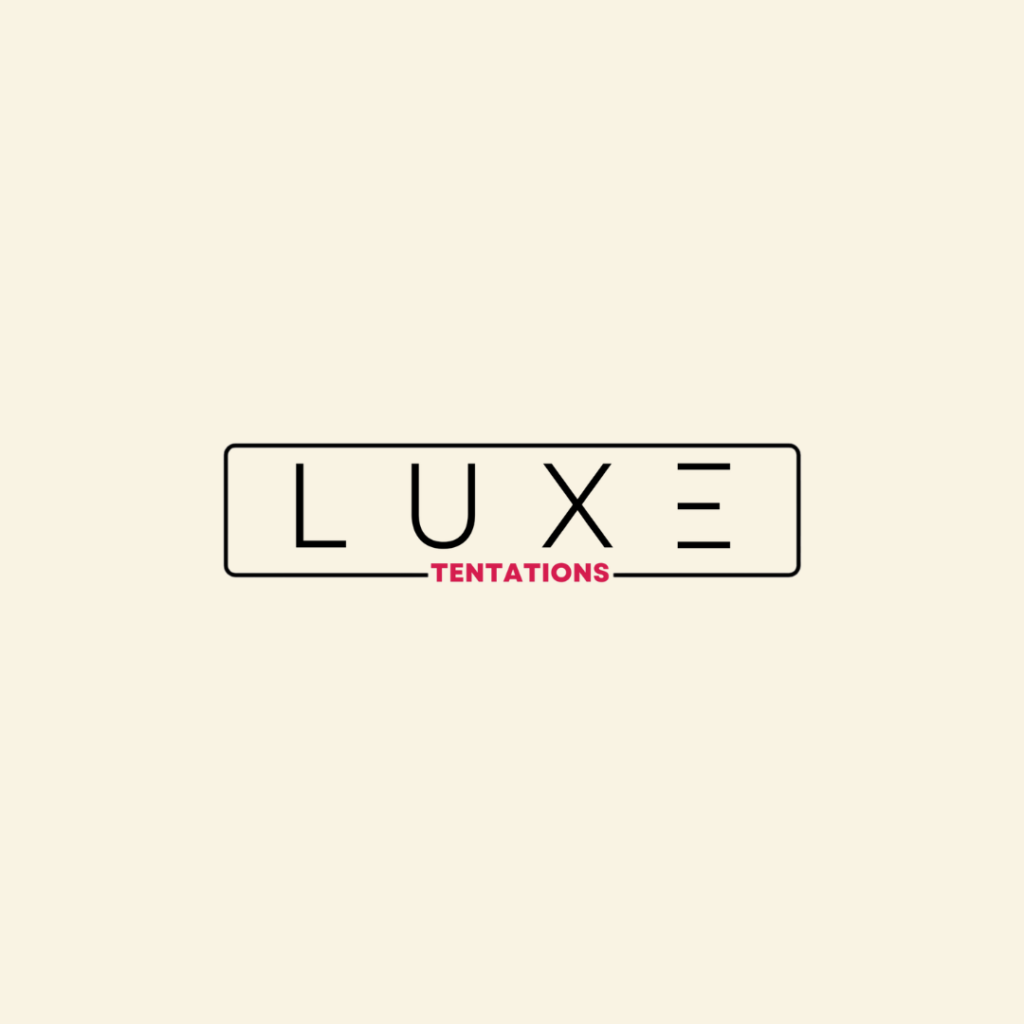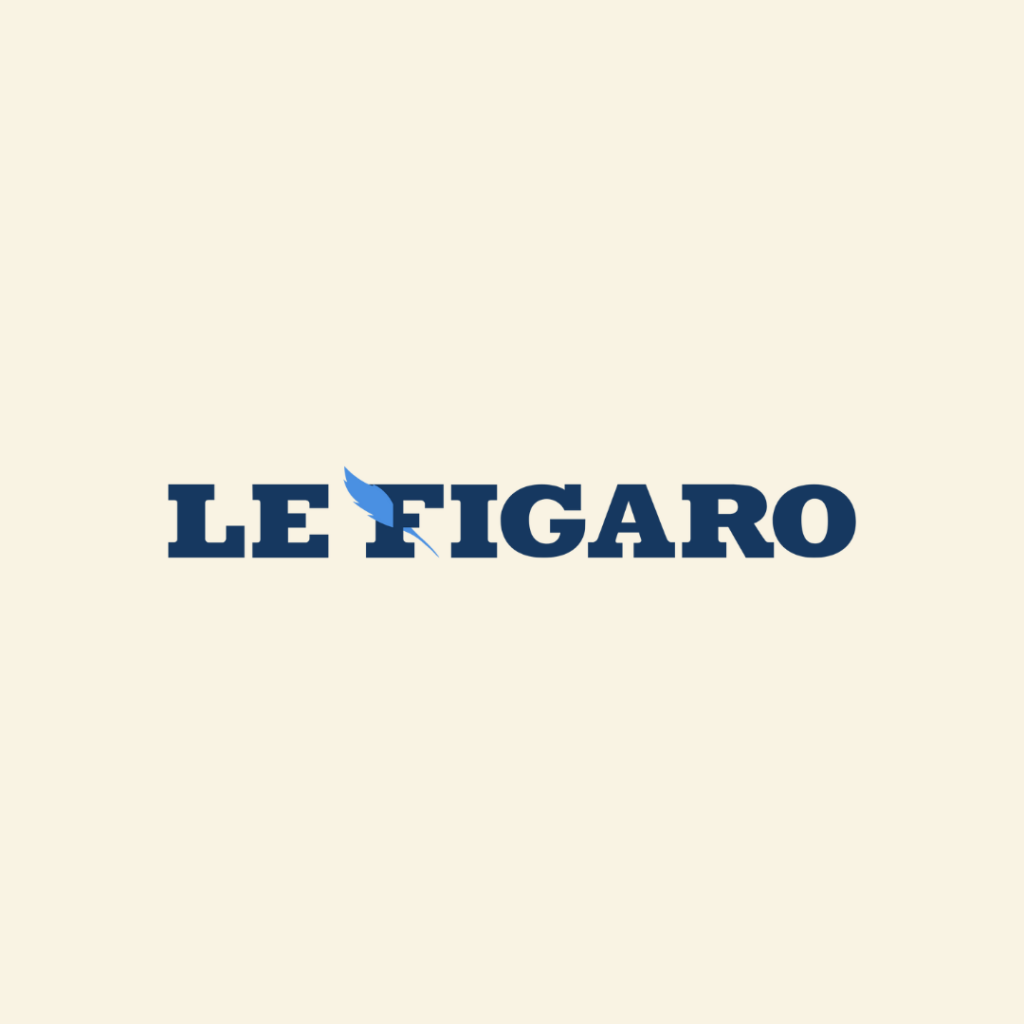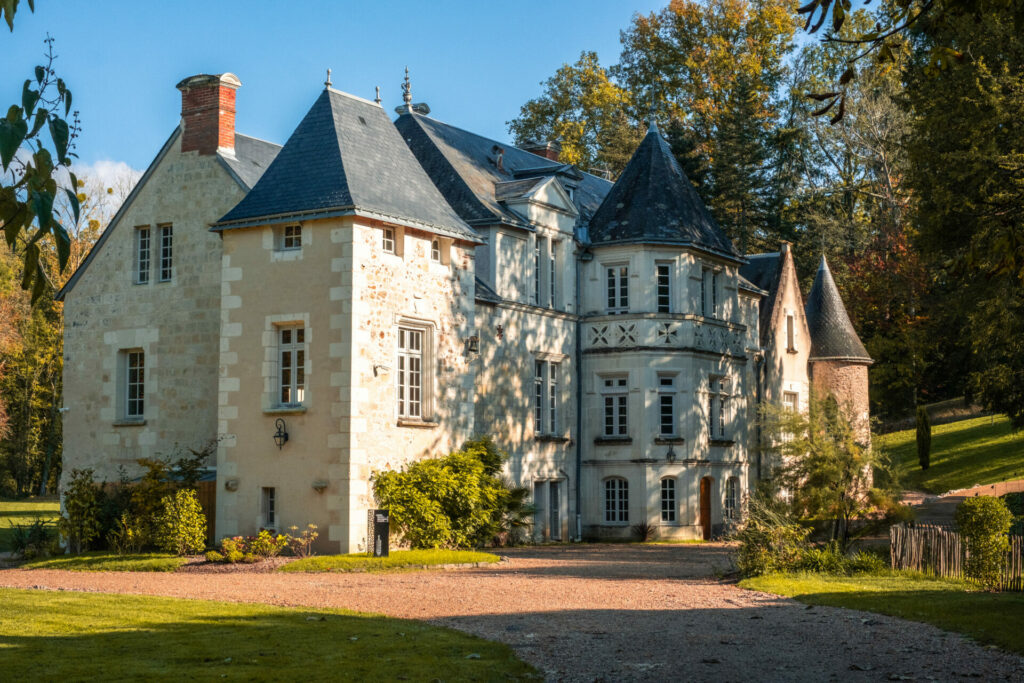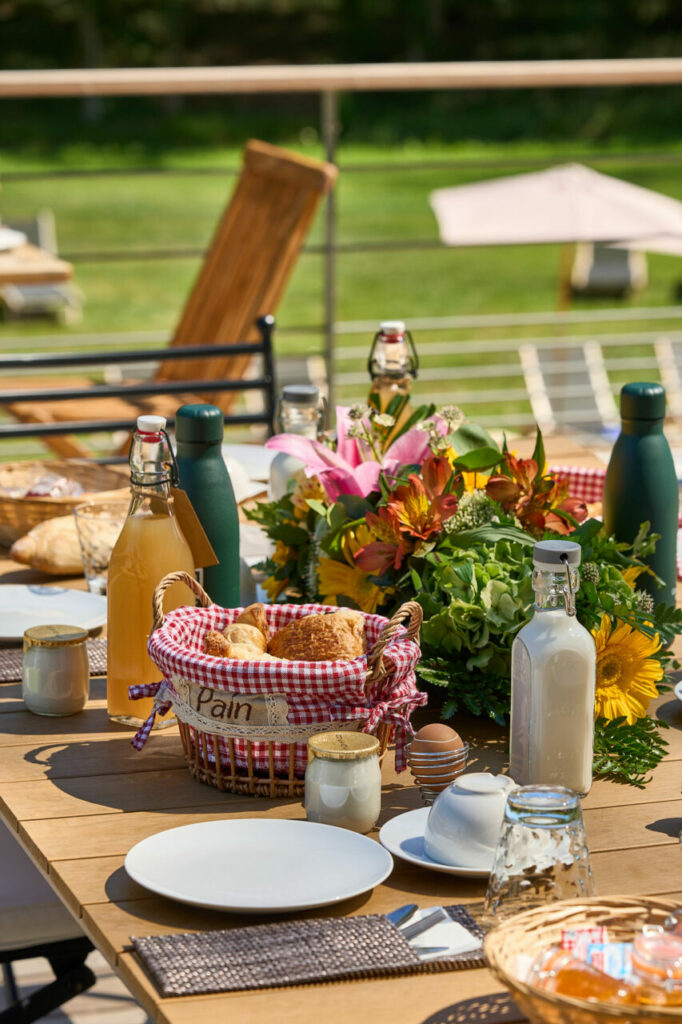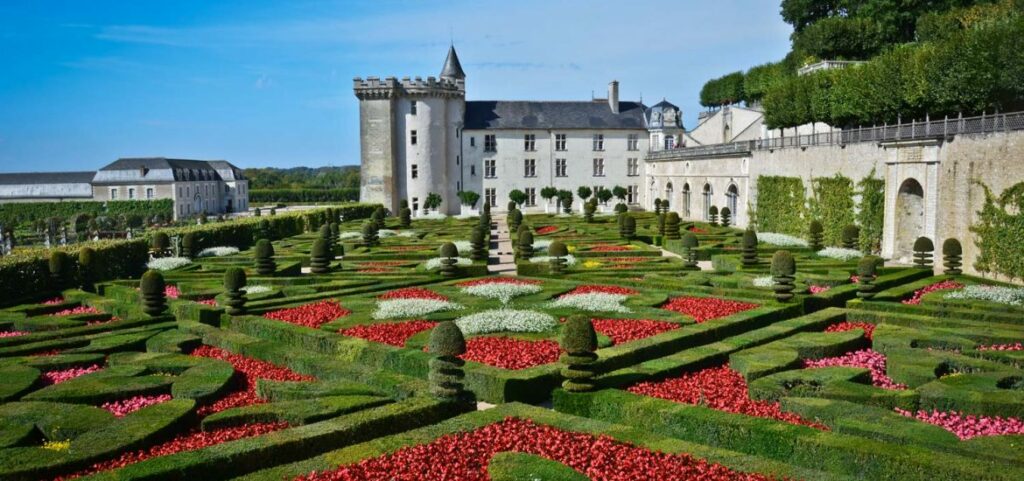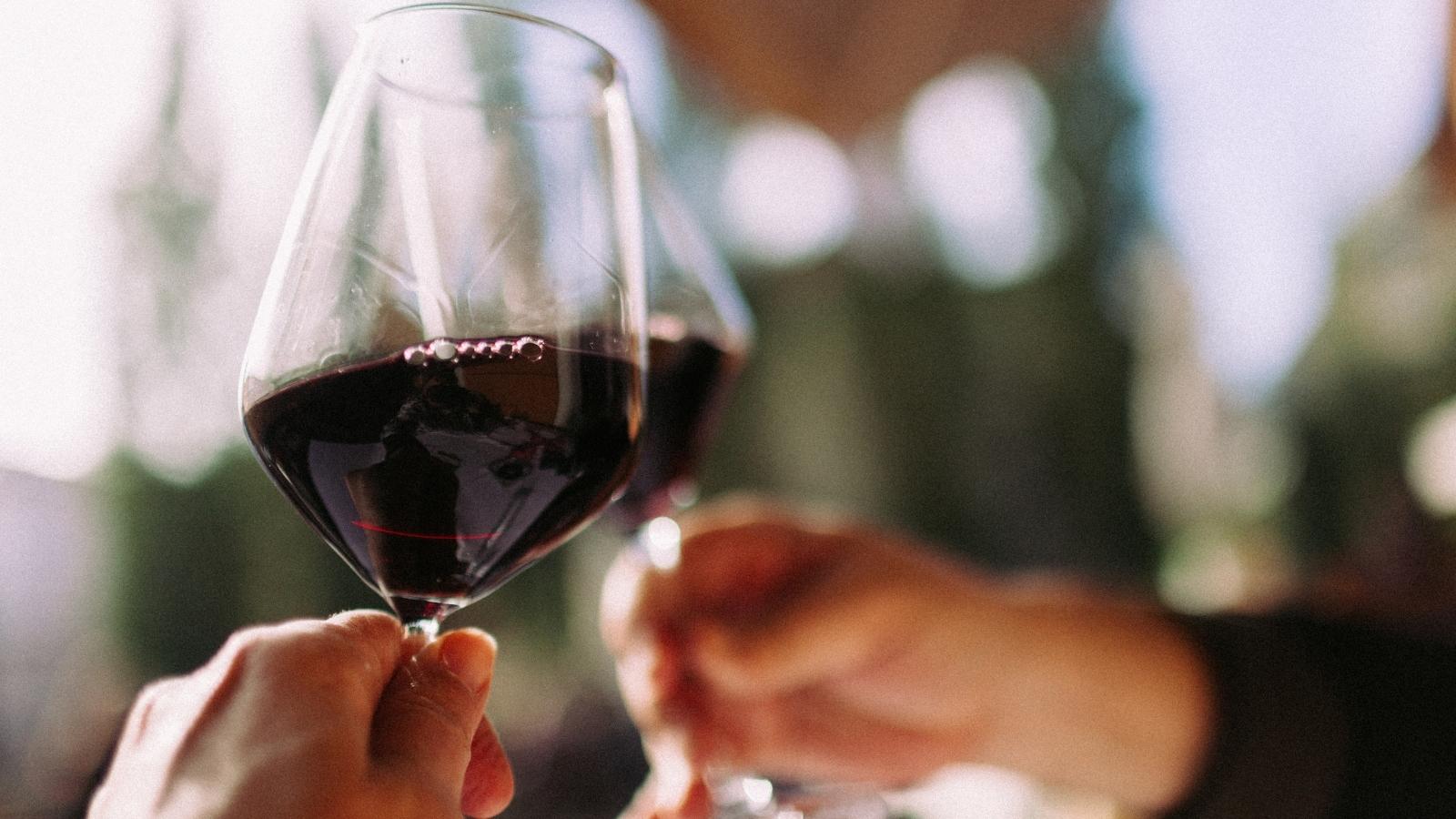Before discovering the best wines of Touraine, drop off your luggage at the very peaceful Château Hôtel de La Commanderie de Ballan. Located right in the heart of this valley, just a few minutes from Tours, it will be your base for excursions to discover the finest Grand Crus of Touraine.
Wine tourism in the Loire Valley combined with relaxation at the Commanderie de Ballan
The Loire Valley is over 600 miles long. It starts in Sancerre south of Orléans and ends in Nantes, and is home to lovely landscapes, stunning châteaus and delicious food and drink.
You could of course travel the complete Loire Valley Wine Route… Or you could target specific Touraine vineyards and alternate wine tastings at places like Chinon, Bourgueil and Vouvray with relaxation at the Domaine de La Commanderie, which has a Nordic bath, jacuzzi, sauna and other revitalising amenities.
You can also doze by the pool, try local specialities presented in a pretty basket or just go for a relaxed stroll in the shade of the hills with a glass of Vouvray in your hand. At the end of the day, head to bed in your château bedroom, on your Triplex mezzanine, in your house… The Commanderie de Ballan has various different accommodation options to suit.
The Commanderie de Ballan’s selection of the best Touraine wines
Famous the world over, Touraine wines are all made in the same area, but each have their own unique features. A wine tasting in Tours will teach you to tell them apart. Discover the vineyards you must visit during your time in the Loire Valley.
Touraine AOC wines
The Touraine AOC (protected designation of origin) includes over 9800 acres of land and is divided into different zones. The varying soils — rocky, sandy and gravelly — and the changeable climate produce a wide range of wines. Although sometimes made using the same grape varieties, Touraine wines each have their own characteristics.
The vines produce almost 250,000 hectolitres of wine a year, including the famous Chardonnay, Sauvignon and Chenin. The white wines are valued for their fruity flavours reminiscent of citrus and exotic fruit. The rosés come from two grape varieties and are generally pale pink with forest fruit notes.
There are two kinds of red wines. One is made using Touraine Gamay grapes and is light and fruity. The other is more structured, containing 80% Côt grapes resulting in a powerful tannic wine.
Anyone who enjoys sparkling wine has the choice of white and rosé. These wines all have an aromatic fruity flavour.
Vouvray AOC wines
Vouvray on the outskirts of Tours uses its best grapes to produce dry, sweet and sparkling white wines.
Its Chenin grapes thrive in this oceanic and continental climate. In combination with aubuis, tuffeau and perruche soils, they create wine with a floral flavour. Once made, the wine goes through the refinement process in tuffeau cellars at 10 to 13°C and almost 100% humidity!
This wine is subtle and golden. Sometimes sparkling and sometimes sweet, it delights all who drink it with its fine and spicy notes. For the complete experience, accompany sweet Vouvray Moelleux with a slice of foie gras or blue cheese. Semi-dry Vouvray Demi-Sec goes nicely with fish, white meat and poultry.

Bourgueil AOC wines
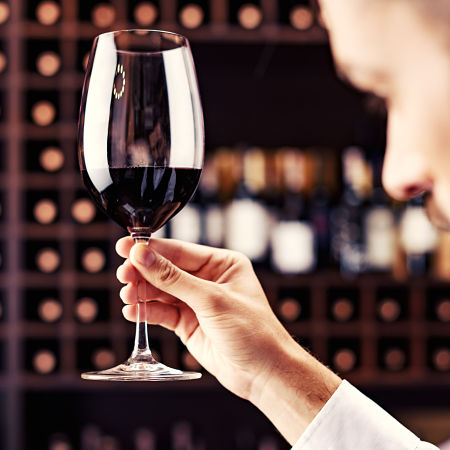
East of Tours, the Bourgueil vineyards stretch out over seven communes and three soil types. The grapes are mainly Cabernet Franc and Cabernet Sauvignon.
Made by passionate local winegrowers, the wines are kept in caves hollowed out to extract tuffeau stone. You’ll see this white stone on most period châteaus, houses and longère farmhouses.
You can recognise the wine thanks to its bright colour that oscillates between cherry, purple and garnet. Bourgueil wine exudes an aroma of Morello cherry, blackcurrant and strawberry. After a few years maturing, the flavours evolve into cooked fruit and spices. To drink, the wine is rounded and full-flavoured with a very slight level of acidity.
Good to know: This wine goes beautifully with cold meat, white meat and the unmissable Sainte-Maure de Touraine cheese.
Chinon AOC wines
A large part of Chinon’s vineyards, architecture and culture is a UNESCO World Heritage Site, making it an unmissable place to visit. This wine dates back centuries. In 281 AD, after a ban lasting years, people were again allowed to plant the vines to produce wine. Chinon was an instant success.
From the Renaissance, the wine was exported to wealthy English and Dutch clients in Northern Europe. Chinon quickly gained a reputation as a premium wine and investors swarmed from all over. Today, the wine is still prized globally and recognisable thanks to its unique characteristics.
The Cabernet Franc grape used to make Chinon is grown by the Vienne River and on the limestone hillsides. Chinon wine from near the river tastes round and supple, and Chinon wine from the hills is robust and full-bodied. The colour is intense red or sometimes deep purple and the aroma gives off subtle fruit and spice notes.
Chinon reds go well with grilled food and meat in sauce. Chinon whites pair nicely with fish.



